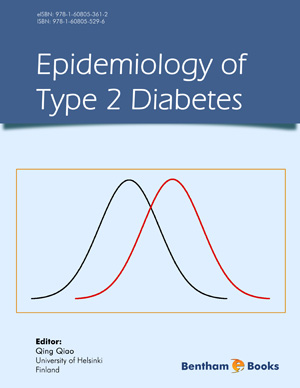Abstract
Obesity is a well known major modifiable risk factor for type 2 diabetes and as many as 25 other chronic conditions. The prevalences of obesity and obesity-related metabolic disorders, such as type 2 diabetes and many others, are increasing in both the developed and the developing world. Public health programmes that encourage people at individual and community levels to adopt healthy lifestyle are urgently needed to tackle the globally felt burden imposed by obesity. Based on current evidence BMI or Waist Circumference (WC) or Waist-To-Hip Ratio (WHR) predict or are associated with type 2 diabetes independently. It remains an open question as to which of these obesity indicators is best at predicting type 2 diabetes. Therefore both BMI and WC can be used as surrogate measures of obesity. The fact that diabetes prevalence varies markedly among different ethnic groups for the same BMI or WC suggests uniform cutoff values can not be applied on a worldwide basis. Longitudinal studies are needed to clarify the mechanism by which body composition, body fat distribution, genetic, social, cultural and behavioural factors predispose individuals to type 2 diabetes.
Keywords: Type 2 diabetes, obesity, body mass index, waist circumference, ethnicity, cutoff values.






















